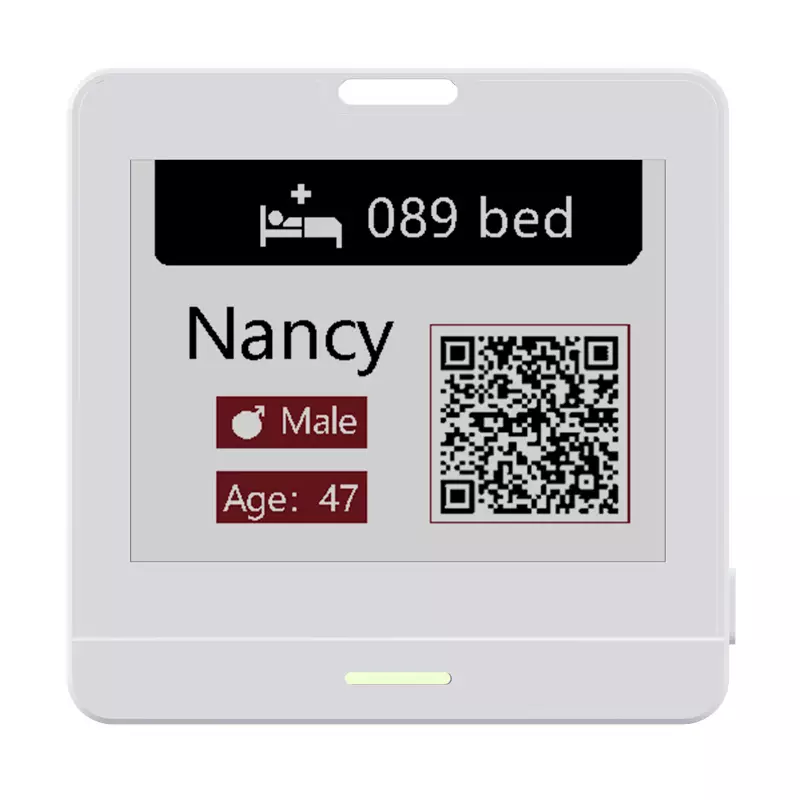An Overview of Healthcare Digital Signage
Throughout modern history, the advent of healthcare digital signage has revolutionized the manner in which institutions communicate with patients and visitors. By seamlessly integrating technology into communication practices, healthcare providers enhance the experiences of those navigating their facilities. For instance, hospitals and clinics now utilize healthcare digital signage to deliver real-time information regarding wait times, appointment changes, and health tips, fostering an environment of transparency and accessibility. In this manner, the signage not only serves functional purposes but also contributes to the delivery of vital healthcare information in a visually appealing format, ultimately improving patient satisfaction and trust.

The Vital Role of Digital Patient Room Signage
In the ever-evolving landscape of healthcare facilities, digital patient room signage stands out as a critical innovation. This technology allows for immediate updates on patient status, care team contact details, and essential reminders or instructions pertinent to patient health. Imagine a scenario where a patient’s recovery process is visually supported through customized messages displayed in their room, providing encouragement and reminders for medication adherence. Such personalized communication can empower patients, fostering a sense of involvement in their care. Moreover, the ability to adapt content quickly in response to changing needs illustrates how digital signage not only informs but also enriches patient interactions within the healthcare setting.
Exploring the Benefits of Digital Signage in Healthcare
The benefits of digital signage in healthcare extend far beyond mere information dissemination; they encompass improved operational efficiency, enhanced service delivery, and elevated patient engagement levels. For instance, during high-traffic periods, digital signage can dynamically relay important updates, offering patients clear directions and reducing confusion. This minimizes frustration and streamlines visits, particularly during critical moments when efficacy is paramount. Furthermore, by employing these systems strategically, healthcare facilities can effectively promote health initiatives, support wayfinding, and offer educational content, thereby reinforcing the institution’s commitment to patient-centered care. In an increasingly technology-driven world, leveraging such tools can significantly enhance the quality of service and patient outcomes within the healthcare ecosystem.

Conclusion
In summary, healthcare digital signage provides an indispensable asset to modern healthcare facilities, enhancing communication and patient engagement through innovative technologies. By incorporating both digital patient room signage and understanding the associated benefits of digital signage in healthcare, institutions can create a more informed and supportive environment for all. It is highly recommended that healthcare providers consider partnering with quality manufacturers such as SEEKINK, renowned for their supply advantages and exceptional product offerings in the realm of healthcare communication solutions. By doing so, they can ensure they are at the forefront of transformational communication strategies that not only benefit their operations but also significantly enrich patient experiences.
